Why you can trust TechRadar
- Same design as previous year, but stronger
- Still an excellent, premium-looking phone
It would be too easy to say the Samsung Galaxy S9 is just a carbon copy of the Galaxy S8... but it's very, very close.
There are a few slight changes that make a big difference though, starting with the materials used to make this phone. The fact it's using Gorilla Glass 5 is a big step forward, as it means the phone is even better able than its predecessor to withstand knocks and drops, removing the need for a case if you're not into encapsulating your new expensive phone.
The aluminum used in the construction of the device is also more robust, so less twisting is possible should you accidentally feel the need to warp your phone.
One thing we noticed during our first few weeks of using the phone was the lack of scuffing – if you're using a modern smartphone without a case these days you'll often find that it soon picks up a few nicks – further evidence of an upgrade on the materials used.
But overall it's a very similar design to last year, and only turning the Galaxy S8 and S9 over to reveal their backs will reveal the main difference: the fingerprint sensor has been moved below the camera, rather than being located to the right of it, in a bid to make it more accessible.
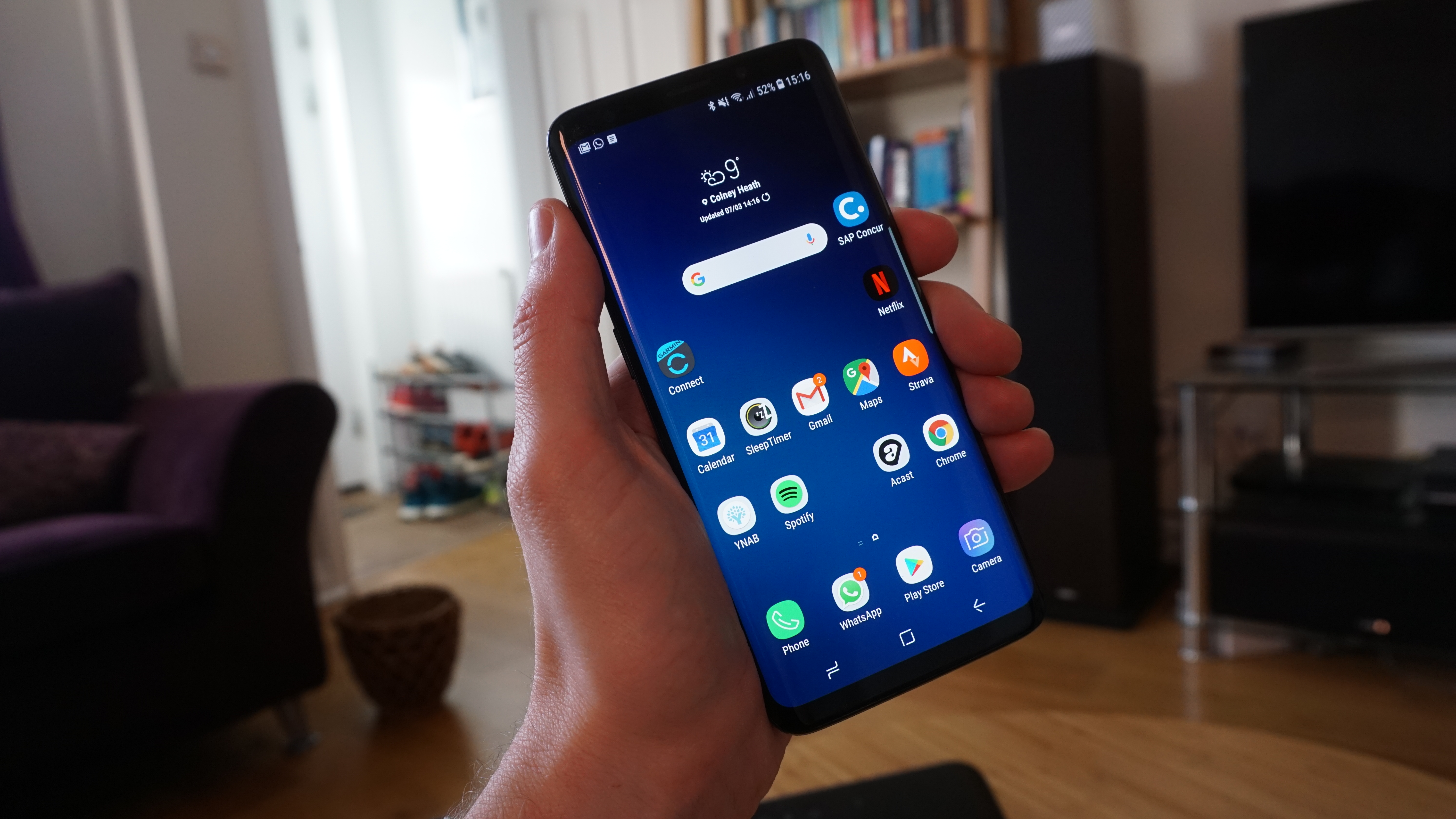
And, thankfully, it is more accessible. Where last year the placement of this sensor nearly ruined the Galaxy S8, the fact that it's now so easy to land a finger on it makes the Galaxy S9, well, as simple to unlock as a phone should be.
Thanks to packing a 5.8-inch screen and very little bezel above and below the display, the Samsung Galaxy S9 is easy to manage one-handed while still offering a lot of screen to look at.
Samsung continues to offer a headphone jack, which will be welcomed by the reams of people who haven't invested in a pair of Bluetooth headphones, or don't want to use a dongle adaptor with their favorite pair of wired cans.
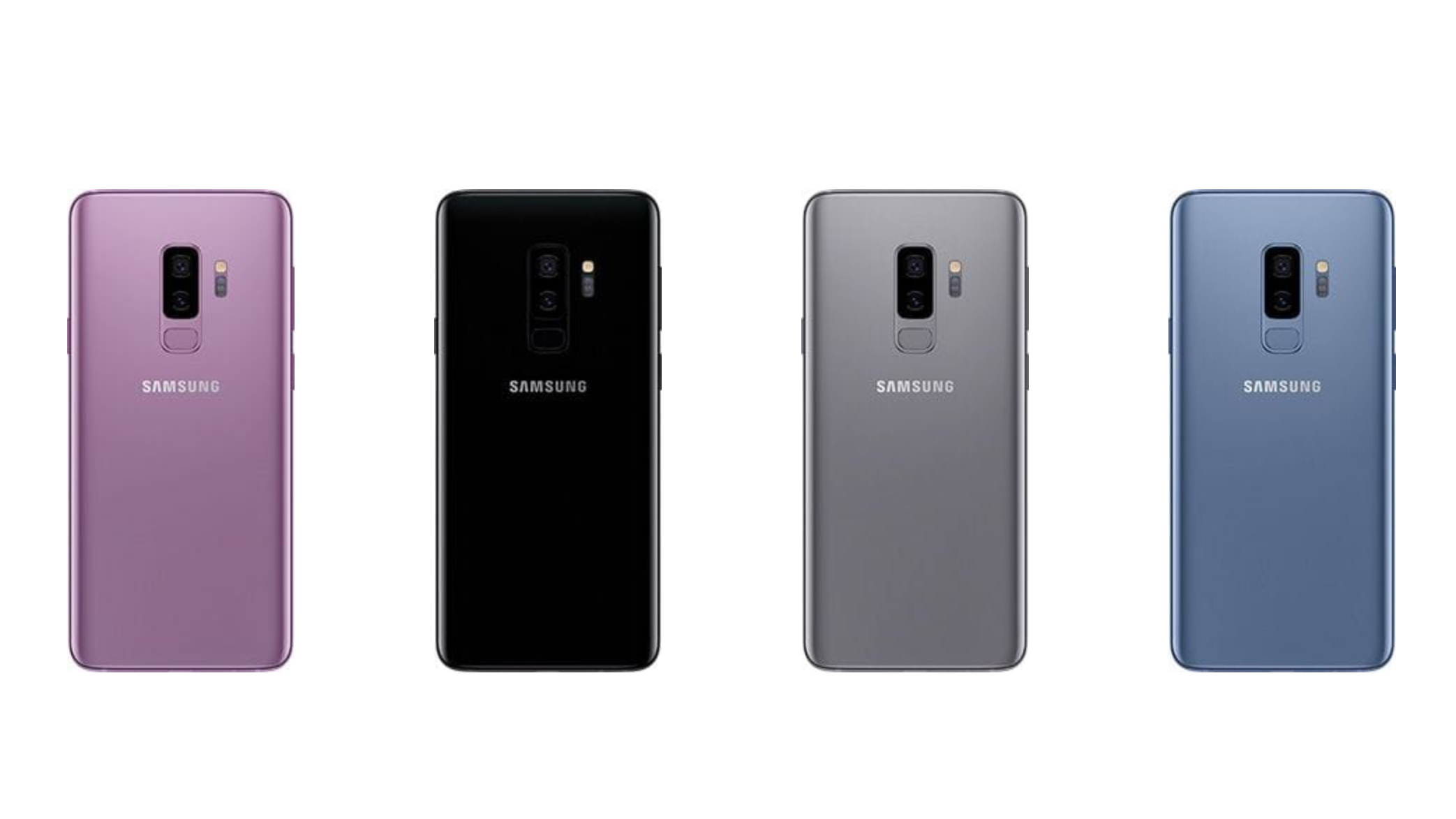
It's well placed on the bottom of the phone to the left, and easily lets the phone slip into the pocket with a pair of earbuds connected.
Unfortunately, the Bixby button remains on the left-hand side of the phone, right in the middle.
As you'll see later, Bixby serves a better purpose on this phone, but it's still not enough to warrant a dedicated key – and one that feels like a volume switch when sliding your finger down the side looking for it in the pocket.
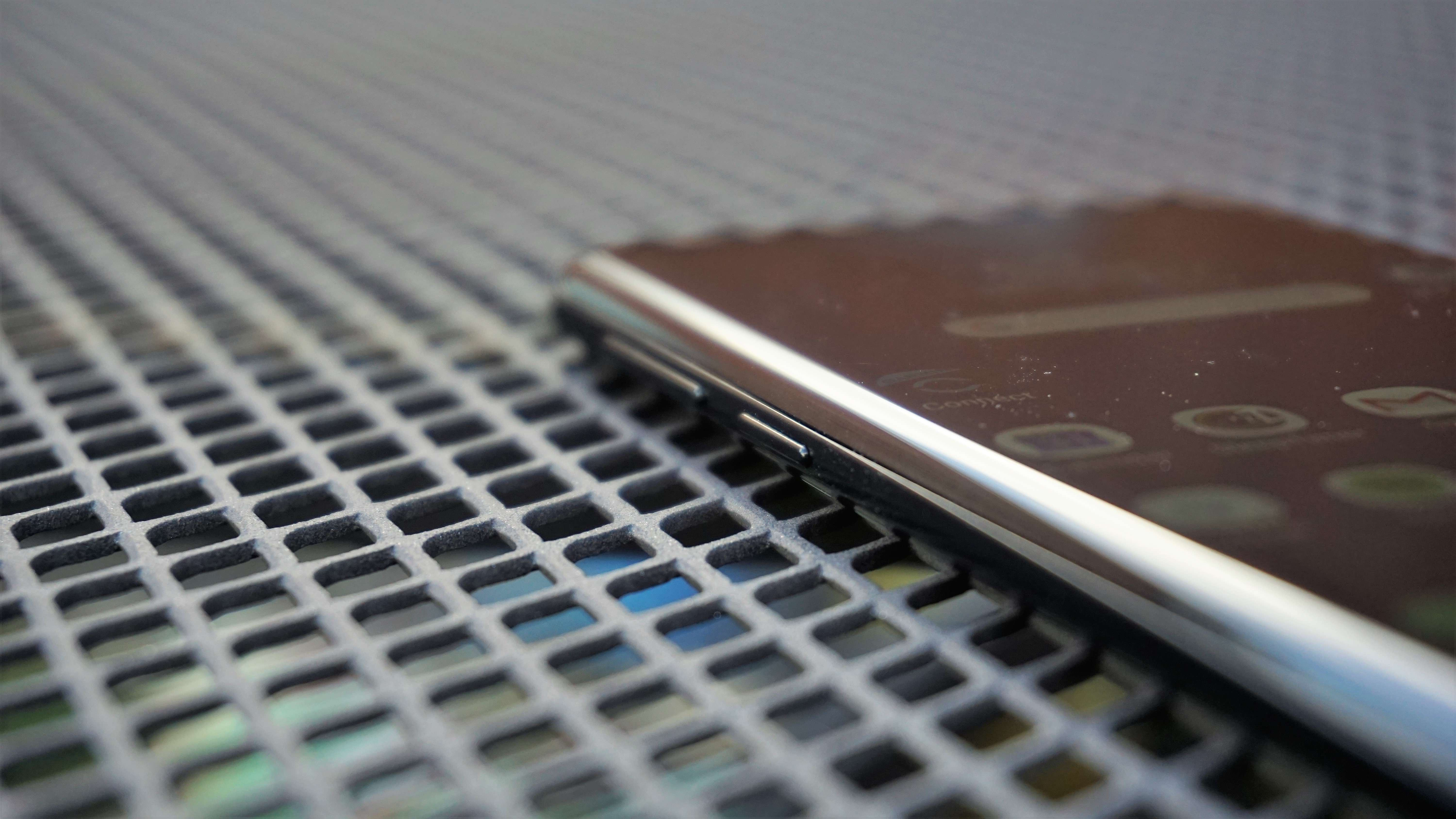
Holding the Samsung Galaxy S9, you'll definitely feel that you've got a phone that's worth a little more money.
The design is still as attractive as ever, the glass shimmering nicely, the buttons offering a perfect travel and the balance in the hand feeling like just the right mix of strength and a lighter weight.
The only thing we can really criticize (apart from the Bixby button's presence) is that it really sucks up fingerprints. The back of your phone will be a smudgy mess in no time – but that’s a natural result of it being made out of glass, and a quick wipe will restore its looks.
Color choices are limited with it being available in Midnight Black, Lilac Purple, Coral Blue, Titanium Gray and Sunrise Gold. That last one is a relatively new addition for the US market, and it's worth noting you won't be able to buy every color in your country.
Screen
- Same technology and resolution as S8
- Maximum brightness is boosted
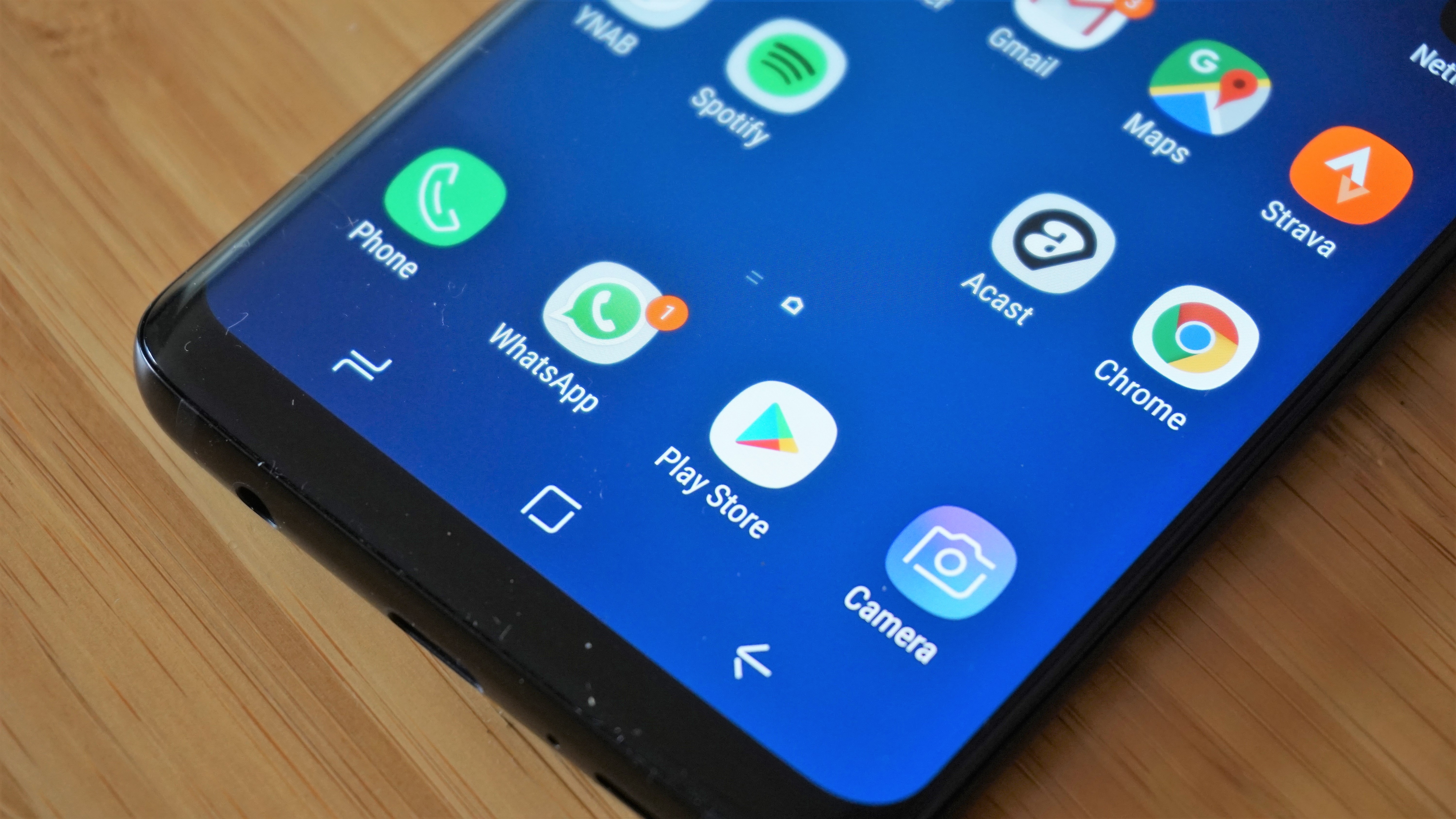
The Samsung Galaxy S9 screen has already been independently judged to the very best on the market, bringing with it the best in color reproduction, brightness, accuracy and overall sharpness.
It's also been dubbed, by DisplayMate, which conducted the tests, as the least reflective display on the market, meaning you'll be able to see more of the on-screen action when you're in bright sunlight, or in a room with a strong light behind you.
But those are official findings made in lab conditions – the bigger question is whether the 5.8-inch display Samsung has slapped on the Galaxy S9 is actually any good in real-life testing.
The good news for those looking to buy this phone is yes, the screen offers phenomenal quality. The color reproduction, the brightness, the clarity of the screen are all faultless in our eyes, and actually Samsung has managed to make the Super AMOLED technology used for the display deliver images that are more true to life than ever.
Previous Samsung phones have been overly colorful when it comes to color rendition, being known for images that have an almost cartoon-like character, but if anything we'd like a dash more color from the Galaxy S9.
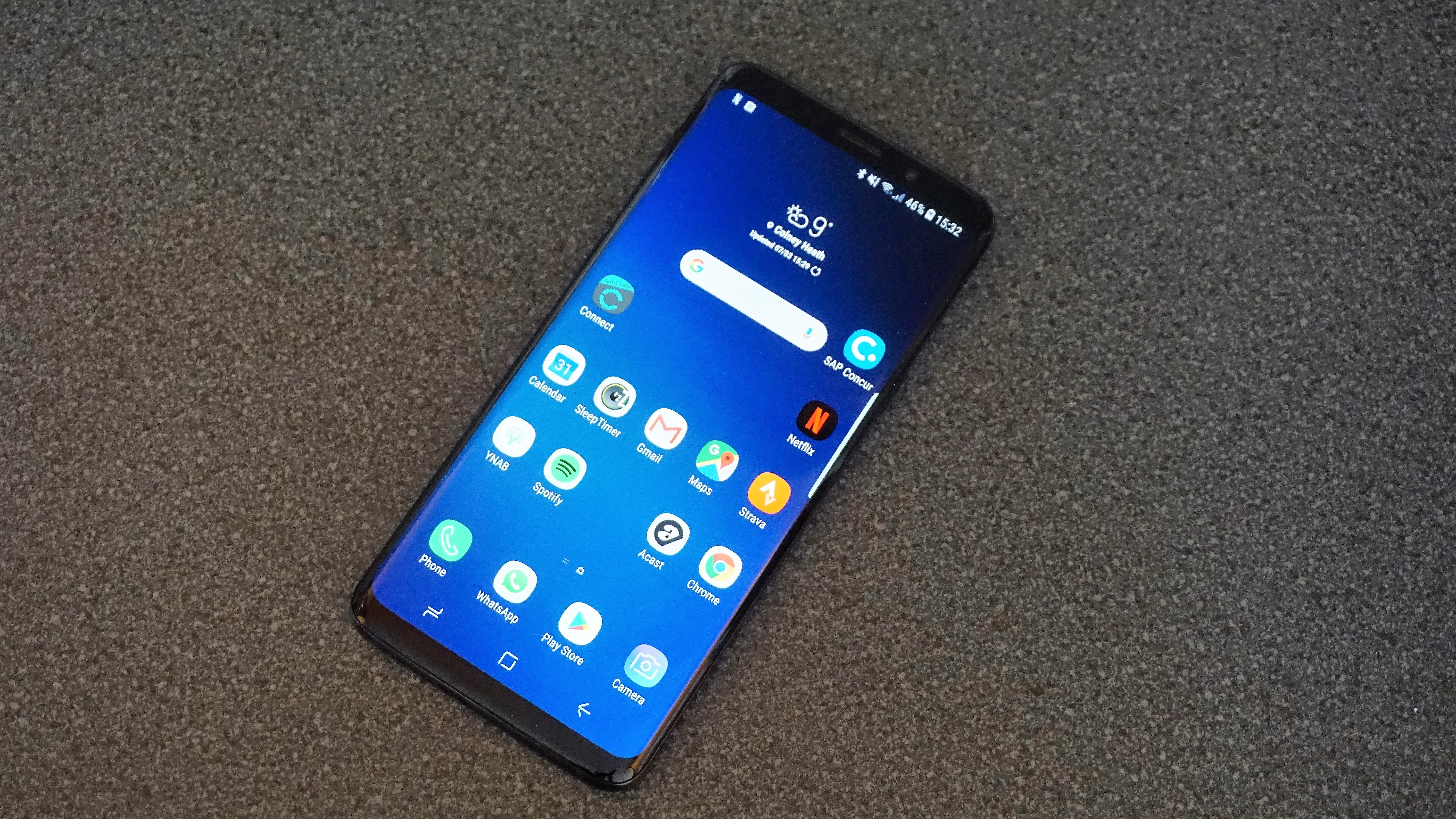
You can get this by heading into the settings and choosing a different color mode, and if you're willing to tweak some settings, you can alter the color and white balance of the screen yourself.
It's a world away from what Apple does with its screens, not allowing the slightest alteration, but Samsung wants to make sure that, if you're willing, you can get your perfect color balance.
However, while the display technology is good, the auto-brightness still has issues – and it feels like we say this far too often about Samsung phones. The device always errs on being too bright, and that's a battery-sucker.
What's interesting on the Galaxy S9 is that phone actually learns your brightness preferences, noting when you boost or dim the screen in certain situations, and mimics those settings for you in similar conditions.
We had to reset this to try and get a more useful brightness level, as we were artificially boosting it to look at certain elements of the display, but it's an advanced move from Samsung, and shows just how much the brand is trying to make its phones more useful without the need for settings tweakery.
Users of some phones, such as the Google Pixel 2 XL, have reported color shifts when viewing the screen at an angle, and while the Galaxy S9 does have a more blue tinge when moved around, it's far from terrible.
That said, place it next to the iPhone XS and you’ll see that Apple has tuned Samsung’s technology to be much better looking from an angle. The Samsung Galaxy Note 9 has also launched since Samsung's phone, and that has a screen that's both marginally better and a lot bigger.
The low screen reflectance really does come to the fore in day-to-day use – we found it possible to watch an episode of a Netflix TV series with a bright window behind us. It wasn't the most pleasant experience, as the reflections were visible, but given it wasn't that long ago that we weren't able to use our smartphones in the sunlight, we've come an incredibly long way.
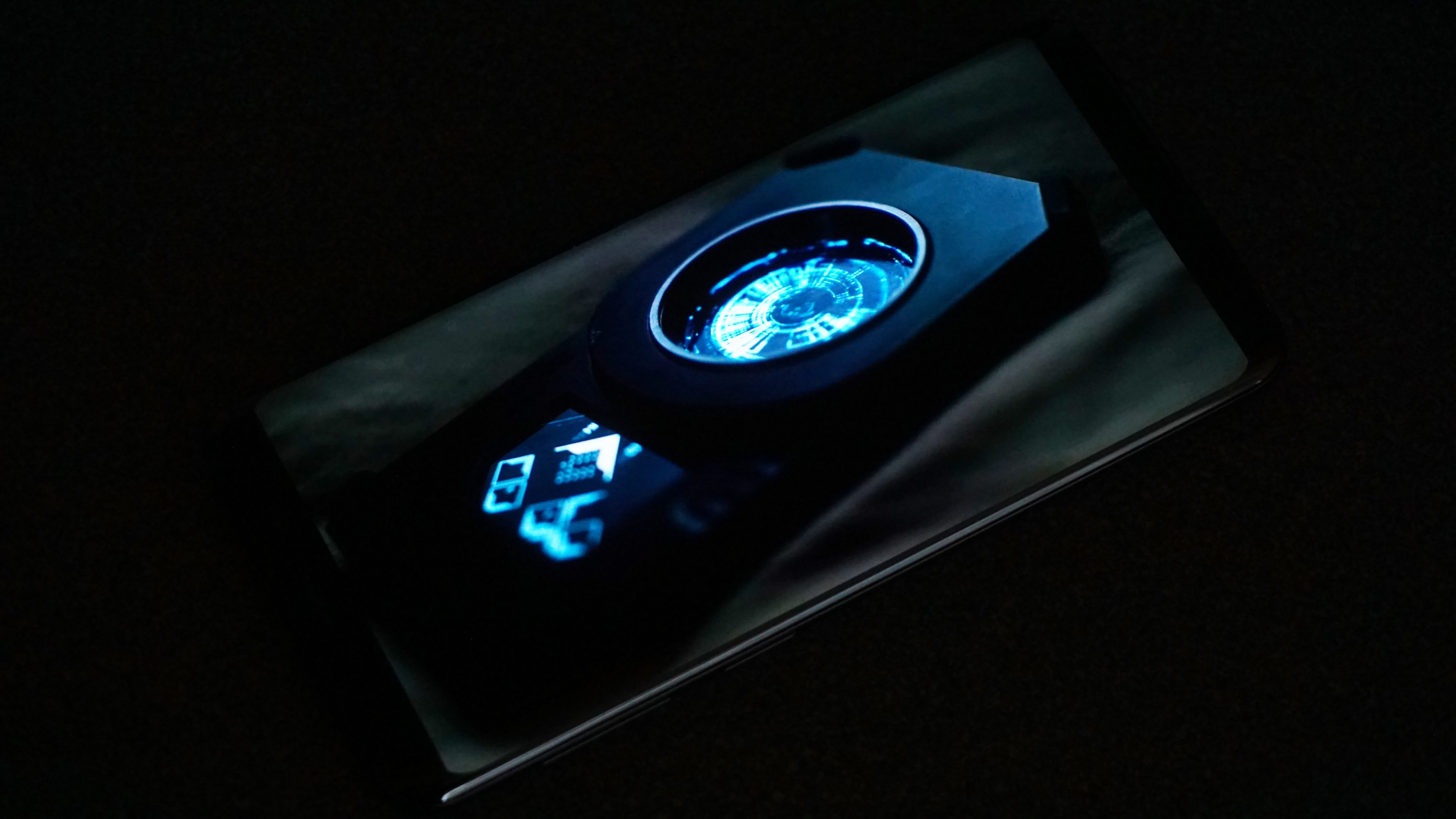
The Samsung Galaxy S9 has also been certified for use with Mobile HDR Premium content – there's not a lot of that around at the moment, but Samsung has been careful to make sure its displays can handle the top standards on the market.
That said, the S9’s display doesn’t support Dolby Vision, the brand’s advanced HDR format, which is a shame given that Dolby's Atmos audio platform is supported on the phone.
The Edge display is back from Samsung, making use of the curved edges rolling into the side of the chassis. Using the Edge screen to set your favorite apps, key contacts or record a section of the screen as a GIF seem like really cool things to be able to do… but in reality, we just forget it’s there.
What’s it like to use?
- An incredibly powerful phone
- Keyboard needs a lot of work
The Samsung Galaxy S9 isn’t really that different to the S8 in terms of its interface. It’s running Android 8 Oreo out of the box, and it’s also signed up to Google’s Project Treble, meaning we’ll be seeing faster upgrades to the latest versions of Android in the future.
Indeed, an update to Android 9 Pie is expected in early 2019. In fact, the roll out has already started in some regions as of mid-January.
We’d argue that Samsung has one of the best implementations of an Android skin out there, with the settings, the notifications bar and the icon management on the home screen among the easiest to use.
The Galaxy S9 apes the iPhone’s 3D Touch feature on the home screen, allowing you to long-press an app and have a selection of items pop up – be it playlists on Spotify, most-contacted friends on WhatsApp or the option to take a selfie with the camera – and jump straight to the one you want.
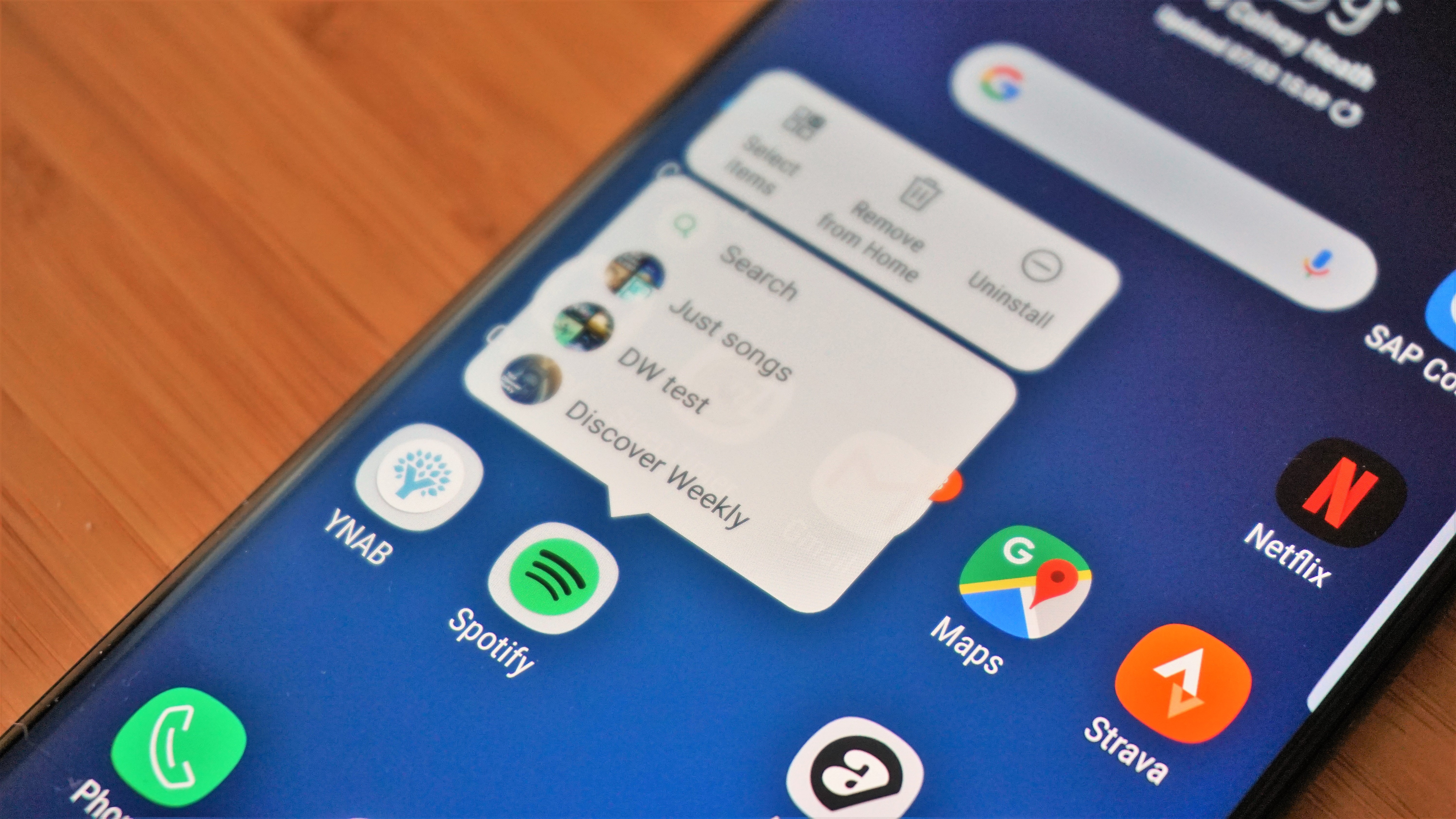
Like the Edge screen on the side of the phone, where you can swipe your finger across and get access to quick shortcuts for apps, we just forget to use it so often., and it’s the same with the extra menu for the home screen apps.
One thing we’re still perplexed about: why the Samsung Galaxy S9’s inbuilt keyboard is so bad. It’s not that it’s inaccurate (although it’s a long way from being perfect), but it learns but it learns wrong words, or capitalizes words randomly, then suggesting odd replacements when you correct it.
Again It’s not a massive issue, but given that you need this keyboard to use AR Emoji GIFs properly we’d have expected Samsung to make it bulletproof on what could be one of the top-selling phones of 2018.

Gareth has been part of the consumer technology world in a career spanning three decades. He started life as a staff writer on the fledgling TechRadar, and has grew with the site (primarily as phones, tablets and wearables editor) until becoming Global Editor in Chief in 2018. Gareth has written over 4,000 articles for TechRadar, has contributed expert insight to a number of other publications, chaired panels on zeitgeist technologies, presented at the Gadget Show Live as well as representing the brand on TV and radio for multiple channels including Sky, BBC, ITV and Al-Jazeera. Passionate about fitness, he can bore anyone rigid about stress management, sleep tracking, heart rate variance as well as bemoaning something about the latest iPhone, Galaxy or OLED TV.
